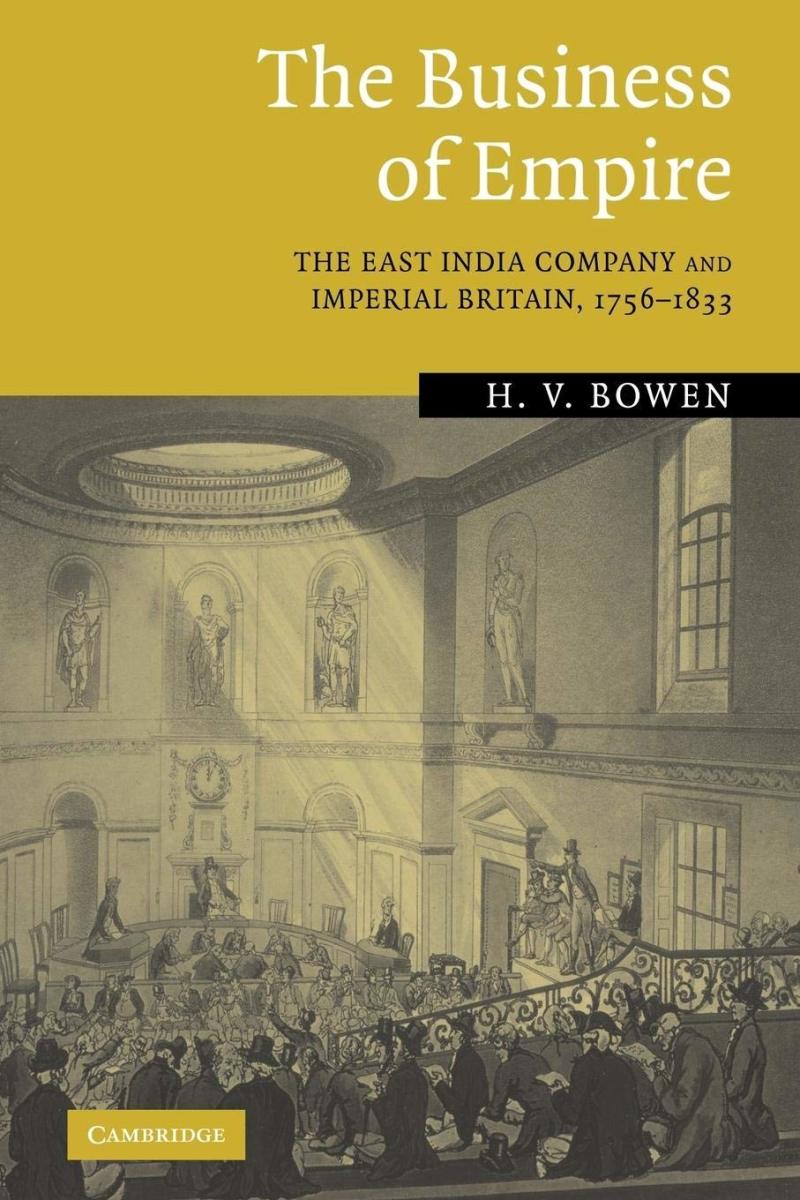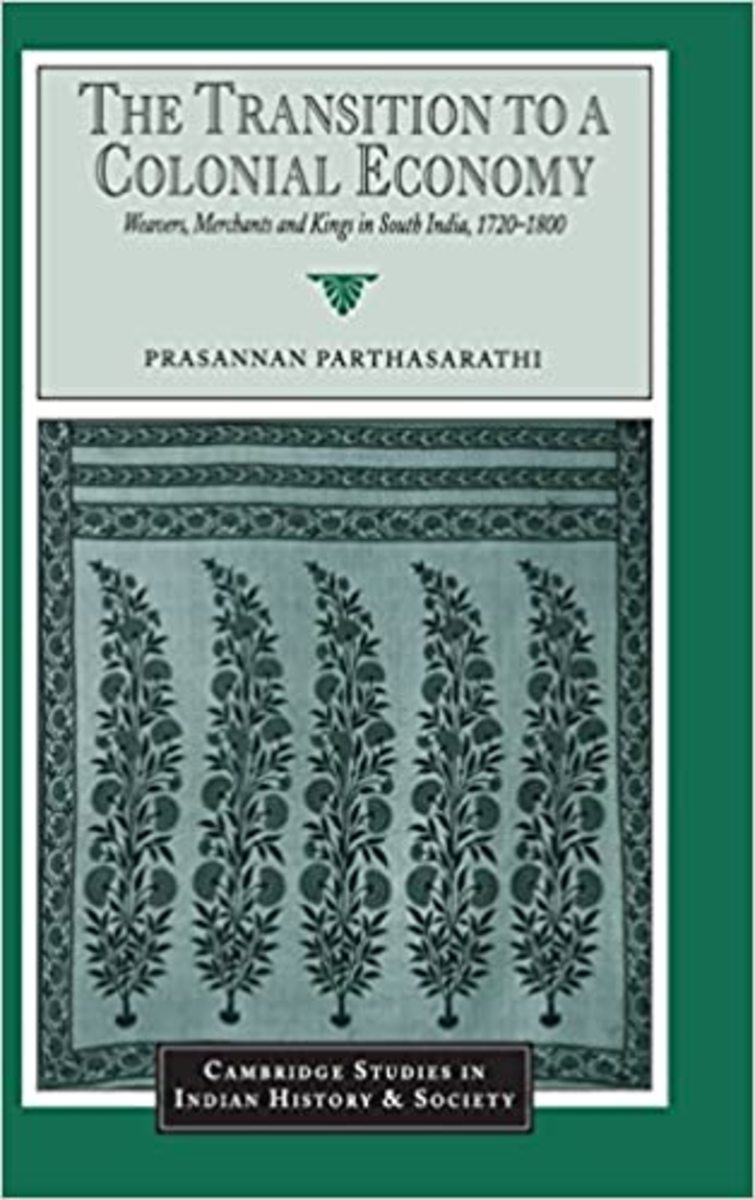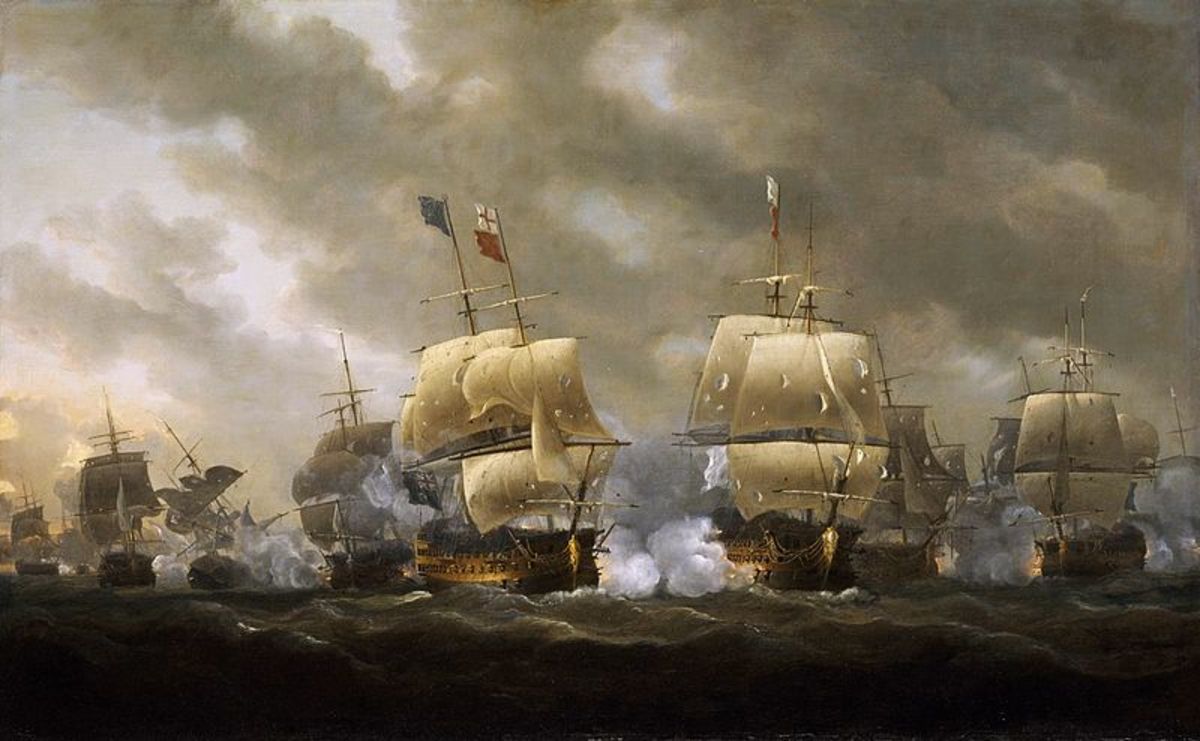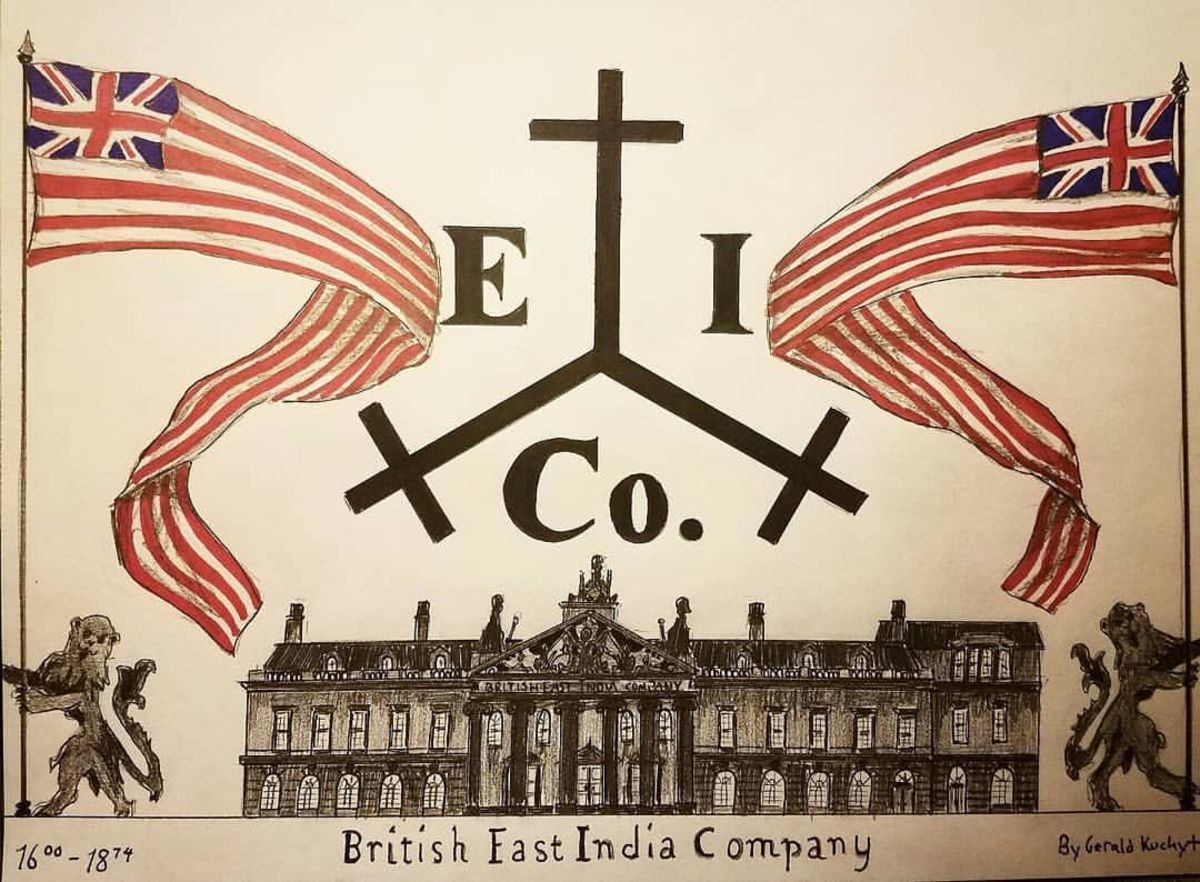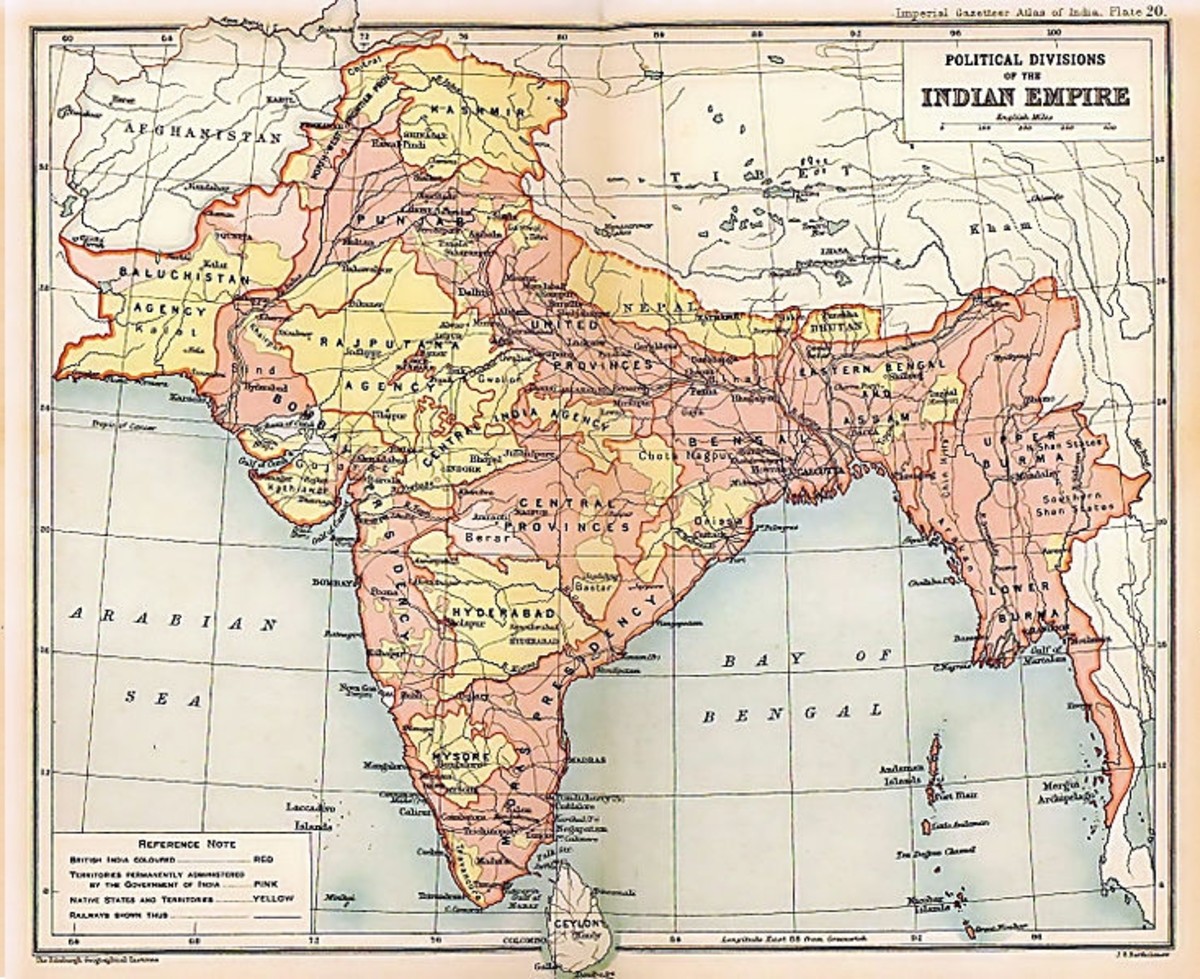- HubPages»
- Education and Science»
- History & Archaeology»
- History of Asia
Britain's Wars In India
The British East India Company
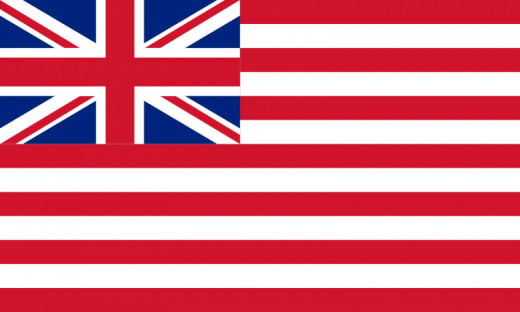
Background
It was in the year 1612, that the British East India Company established its first trading post or ‘factory’ on the Indian coast at Surat. By the beginning of the 18th century, they had established factories in Bombay (Mumbai), Calcutta, (Kolkat) in Bengal and Madras. Other European countries including France, the Netherlands and Portugal had also established trading companies in India. However, the 18th century would mark a change in the way that the European powers behaved towards their Indian trading partners. It largely came about as a result of the decline of the Mughal Empire which had ruled over much of India since the early 16th century. The European powers saw the decline as an opportunity to expand their influence in India by intervening in the affairs of rival Indian princedoms.
It was under the Mughal Emperor Aurangzeb that the Empire managed to achieve its greatest extent of control. However, by the time of his death in 1707, Mughal rule was restricted to an area surrounding Delhi. But it wasn't the Europeans who had caused the shrinking of a once vast empire. Instead it was the emergence of a new dominant power from the south, the Maratha Confederacy and also the flourishing of smaller states such as Hyderabad, Mysore and Bengal.
From 1742, the French, under governor-general Jean Francois Dupleix attempted to drive the British out of India completely and extend their influence over the subcontinent. In 1746 they successfully captured Madras, but it was returned to the British as part of the peace terms drawn up at the end of the War of the Austrian Succession. The age old Anglo-French rivalry was given fresh impetus though by the outbreak of the Seven Years War in 1756. This is when the British takeover of India began in earnest in Bengal. Both the British and French East India Companies had been permitted to establish trading posts by the Nawab of Bengal (Siraj ud-Daulah). However, the outbreak of war compelled the British to bolster their defences in Calcutta just in case the French should decide to attack. But the Nawab saw things differently, viewing Britain’s actions as a direct snub to his authority. His forces seized the fort, allegedly causing the deaths of many British soldiers and Indian troops, known as Sepoy's, by imprisoning them in the infamous ’Black Hole of Calcutta’ which was in fact a small cell within the fort.
The Black Hole Of Calcutta
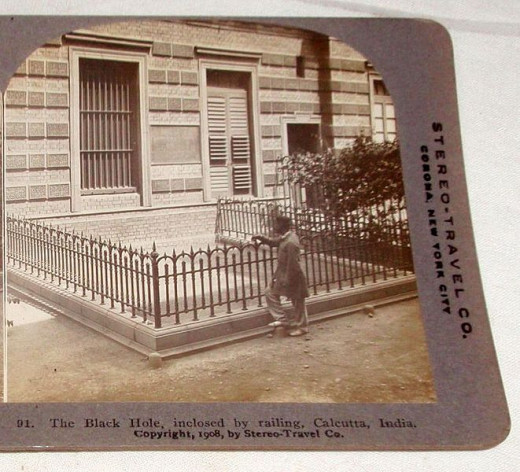
Clive Of India
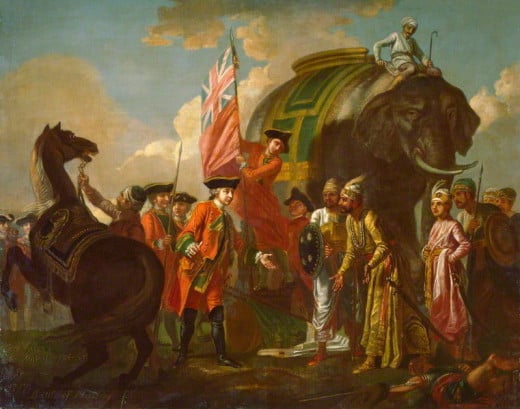
The Redcoat
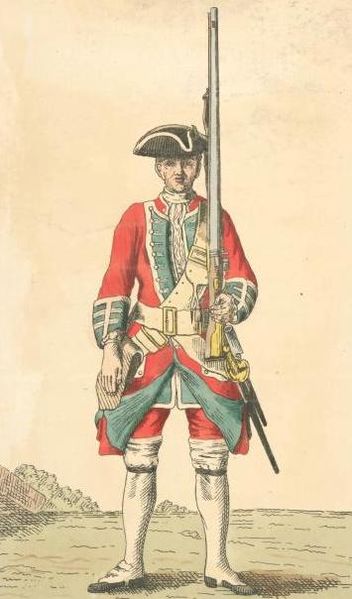
Britain Goes On The Offensive
In response, the British sent a small force by sea from Madras, commanded by Colonel Robert Clive, which retook Calcutta at the start of 1757. With the support of French artillery men equipped with heavy cannon, the Nawab led an army of over 50,000 men to confront Clive, who had less than a thousand European troops and 2000 Sepoy's. However, British leaders had undermined the Nawab’s position through intrigue. They had promised the throne to a rival claimant Mir Jafar and bribed most of Siraj’s commanders. In the battle at Plassey or Palashi, on the 23rd June, barely a tenth of the Nawab’s forces actually fought. As a result the British won what appeared on paper at least to be an impossible victory, and thus took control of Bengal, with Jafar as the new puppet Nawab.
The British victory at Plassey was a setback for French policy in India, and worse followed. The major French settlement was at Pondicherry, which rivalled British Madras on the Carnatic coast. Britain shipped a newly raised infantry regiment, the 84th Foot to India in 1759 and, led by Sir Eyre Coote defeated the French under Count de Lally at Wandiwash (Vandavasi) in January of the following year. A year after that, Pondicherry was placed under siege, which ended fairly quickly with the French surrendering. The Seven Years War ended with the French only possessing a nominal presence in India. They failed to restore their position when war broke out with Britain again in 1778 during the American Revolution, and Napoleon’s later ambitions to rule India remained in the realms of fantasy.
The East India Company’s army, consisting of Indian Sepoy's under Indian NCOs and British officers, often aided by elements of the British Army paid for by the Company, was undoubtedly effective. The Company confirmed its control of Bengal with a victory over numerically superior forces, including the Mughal Emperor’s army, at Buxar in 1764. But it would be a mistake to exaggerate the impact of the European presence at this time or its military superiority. The largest battle fought in India in the mid 18th century was at Panipat in 1761, the two belligerents were the invading Muslim Afghan army led by Ahmed Shah Durrani and the defending Hindu Maratha's. There may have been over 100,000 troops involved in this costly but ultimately inconclusive encounter.
Defiance
It is better to die as a tiger than to live as a sheep
Tippoo Sultan, ruler of Mysore and sworn enemy of the British.
Rocket Power
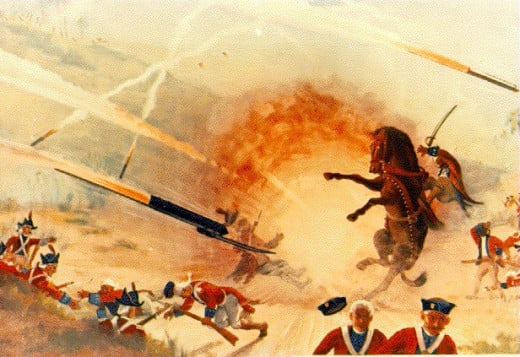
The Fall Of Seringapatam- 1799
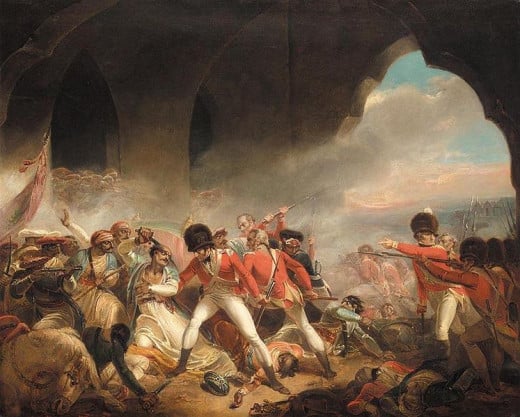
A Formidable Foe
One result of the battle of Panipat was to facilitate the rise of Hyder Ali, ruler of Mysore who took advantage of the temporary weakness of the Maratha Confederacy to extend his power in southern India. Between 1767 and 1799, first under Ali and then his son, the Tippoo Sultan, Mysore engaged in a series of hard fought battles against the British, urged on by the French, who provided arms and training. Mysore fielded armies that fought with discipline, incorporating much of the best of contemporary European tactics, including cannon. It also developed rocket brigades, consisting of units of several hundred soldiers armed with explosive rockets fired in salvos from iron tubes, which so impressed the British that they developed Congreve rockets of their own. The Tippoo Sultan managed to score impressive victories against the British, notably at Pollilur in 1780 and Tranjore in 1782. It was not until 1799, when Napoleon’s invasion of Egypt awoke British fears of a revival of French influence in India, that the Tippoo Sultan was finally defeated. As an ally of the French, it was absolutely imperative that he be dealt with once and for all. So the British invaded Mysore with a force that included Maratha Sepoy's from Bombay, British infantry under Sir Arthur Wellesley (the future Duke of Wellington) and the army of the Nizam of Hyderabad. The campaign concluded with the capture of Mysore’s capital, Seringapatam (Srirangapatna) and the killing of the Tippoo Sultan.
The British now turned their attention to the Maratha Confederacy, a potential enemy weakened by divisions and fractures in its constituent semi independent states. The Maratha's traditionally fought as skirmishing light cavalry, but under French influence they also had infantry armed with muskets and field artillery. In 1803 the British defeated Maratha armies in the north, while Wellesley campaigned in central India. In September of that year, Wellesley blundered into a Maratha force at Assaye that was stronger than his own in regards to cavalry and artillery, as well as in overall numbers. He chose to attack across a river and carried the day despite suffering heavy losses.
These victories brought the British large territorial gains, but over the next two years they suffered reverses and a peace deal ratified in 1805 meant that the Maratha's were able to maintain their independence. It took more fighting, in 1817-18 to break up the Confederacy, leaving Britain in control of the Indian subcontinent up to the Punjab. Company rule extended to northern India after two fiercely fought wars against the Sikhs in the 1840s. The Sikh state had been rapidly expanding in the early decades of the 19th century, and its army, the Khalsa, was a highly motivated force that had European trained artillery and uniformed infantry. The key British victory at Sobraon in 1846 cost more than 2000 British and Sepoy's casualties. Once more victory came about for the British through having a slight edge rather than having military superiority.
A Documentary Highlighting The Indian Mutiny Of 1857
The Relief of Lucknow
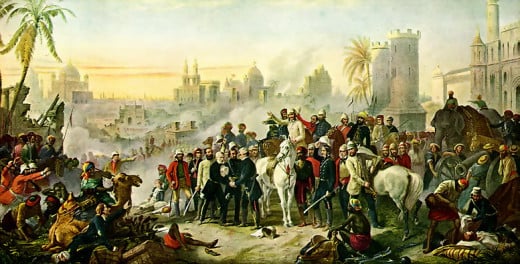
A Highly Recommended Link
- Indian Mutiny of 1857: Siege of Delhi
A highly detailed account of one of the most crucial actions of the Indian Mutiny the Siege of Delhi.
British Total Rule
In 1857, Bengali Sepoy's mutinied in an attempt to reinstate the Mughal emperor as ruler of India. However, sufficient Sepoy's remained loyal for the British to crush the rebellion, which included notable military actions at the siege of Delhi and the relief of Lucknow. The British used widespread reports of atrocities committed against British civilians as justification for the extreme brutality employed when suppressing the revolt. The Indian Mutiny of 1857 was effectively the first war fought for Indian independence. But Britain’s victory marked the end of an era. The last Mughal was exiled, the East India Company was abolished and India became a possession of the British crown, with Queen Victoria becoming Empress of India.
Afghanistan is one of many countries that lie on the fringes of the Indian subcontinent, and even while the British were still attempting to subdue northern India, they were already turning their attention towards Afghanistan. In 1839 British forces invaded the country and installed a pro-British ruler, but they were driven out by an uprising in 1842. By the time they attempted another invasion in 1878, India had long since been subdued. This time the invasion met with more success in military terms, but they never quite managed to subdue the Afghans, who remained fiercely independent.
More On The British In India
© 2012 James Kenny


